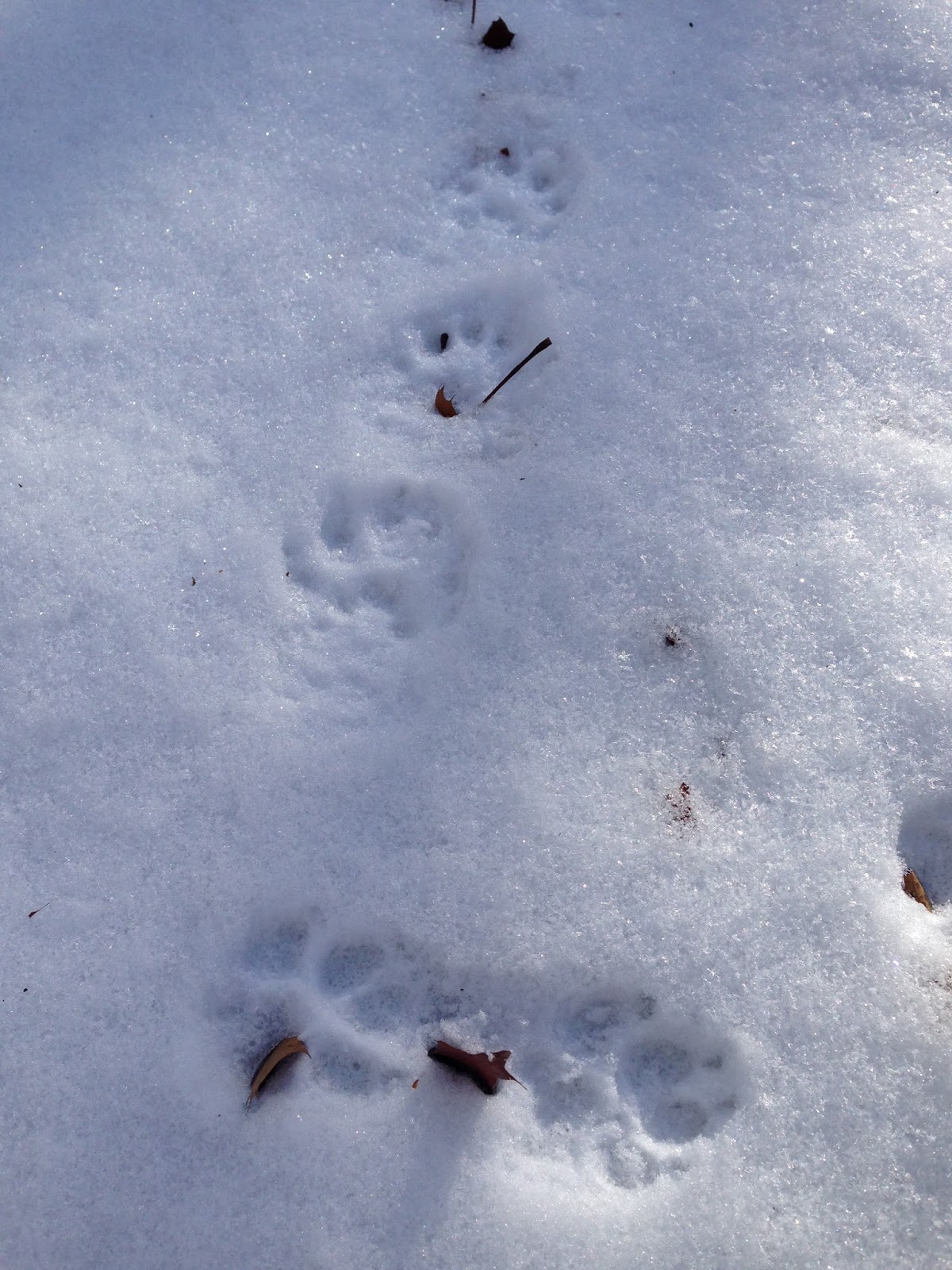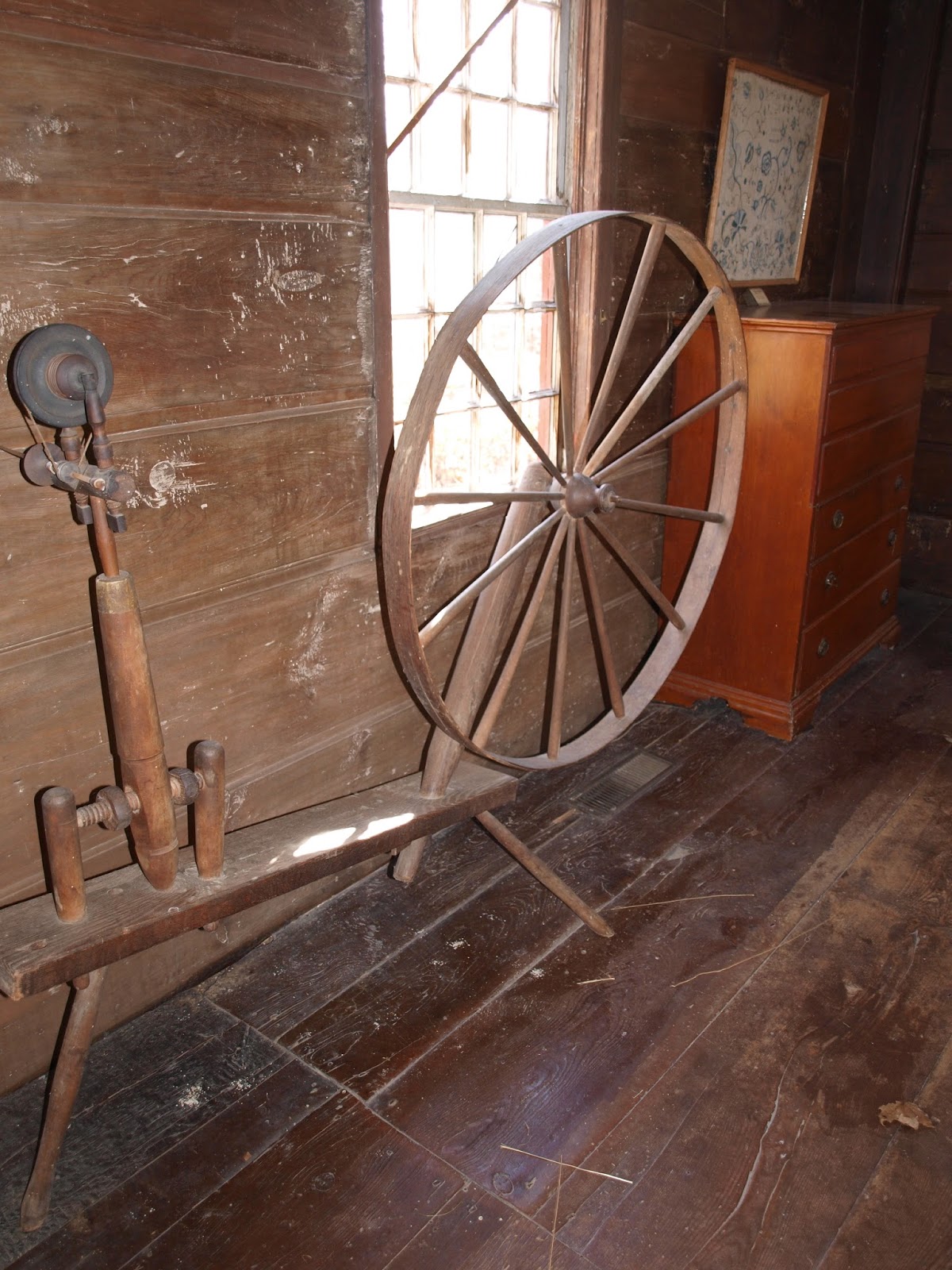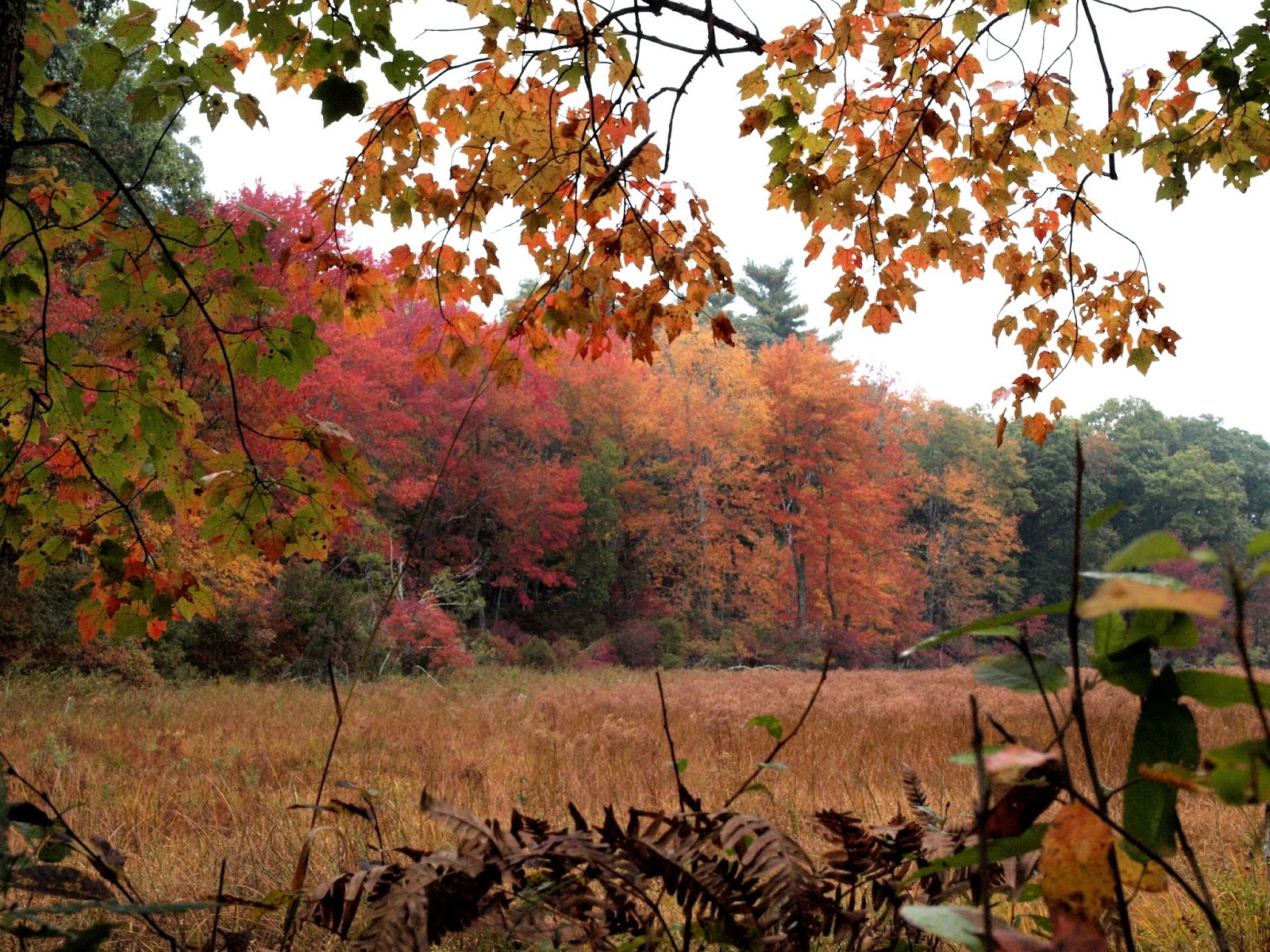One of the interests commonly shared by many naturalists is the marking of the seasons. There are several naturalists who were made famous by their books on this theme. Aldo Leopold's,
A Sand County Almanac, and Edwin Way Teale's series
The American Seasons are just two examples
. I am no exception and a have really enjoyed being in the Northeast this last year. Connecticut has striking changes in the seasons more so than anywhere else I have lived. Jacob and I moved here last year in the middle of fall and now fall is coming to a close again. It has been really fun to see all the seasons come and go and to see the subtle hints that the next season is coming.
Fall
Fall comes slowly,
Smallest hint of orange edges,
Yellow canopy then forest floor.
Cool evenings slow bumblebees.
In full force trees burn bright reds,
Grey skeletons bend in breeze.
More more chilly than warm,
A honking flock says goodbye.
Winter
Where did the sun go?
Dark days make me wonder.
Rains turn into snows.
Storms transform landscape, everything stops.
Land of structure and shadows
Hungry birds come to feast on offerings.
Crystals hang and tracks mark trails.
Spring
Anticipation, freedom to wonder.
Dripping ice and snow make mud.
Spy little bits of life
A bud, a frond, a leaf, a sprout.
Awake to feathered flutist.
Turn soil, insert a seed.
Breath easy warm air, linger in the sun.
Summer
Up, up, everything goes,
Sun, birds, bugs, grass, and weeds.
Brooks babble, bugs sing, fawns spring,
Woods active hours long.
Moist air heavy with heat,
Seek green canopy, green floor.
Fall
Fall comes slowly,
Smallest hint of orange edges,
Yellow canopy then forest floor.
Cool evenings slow bumblebees.
In full force trees burn bright reds,
Grey skeletons bend in breeze.
More more chilly than warm,
A honking flock says goodbye.







.jpg)
.jpg)



























































